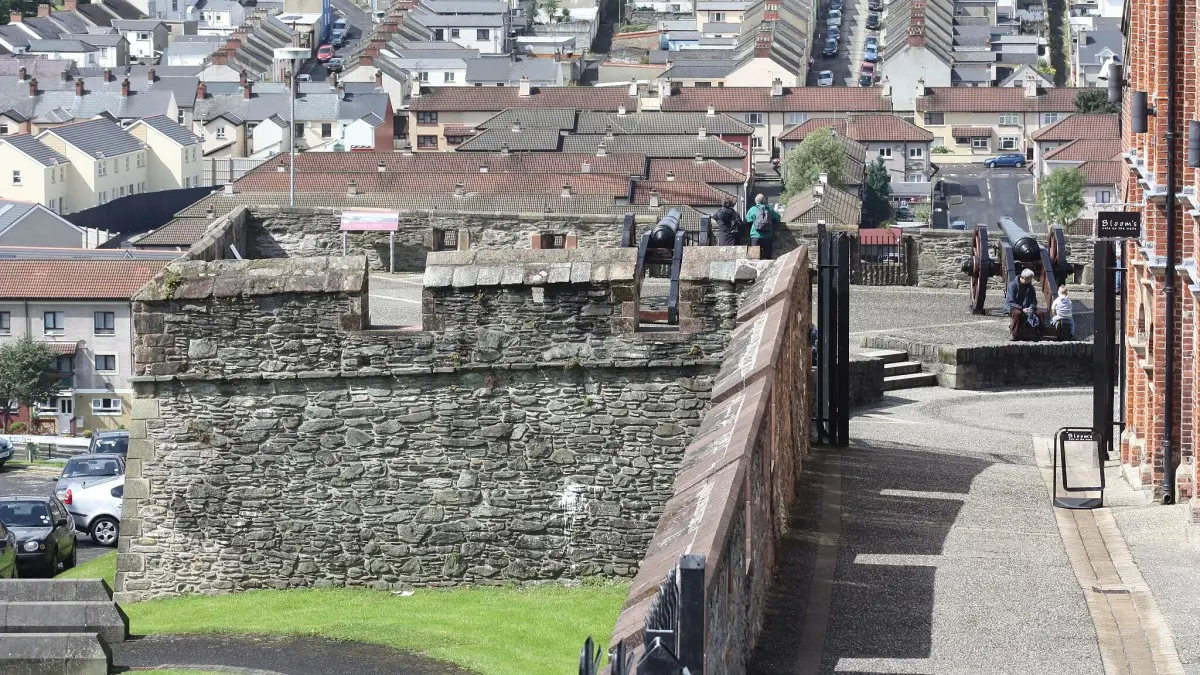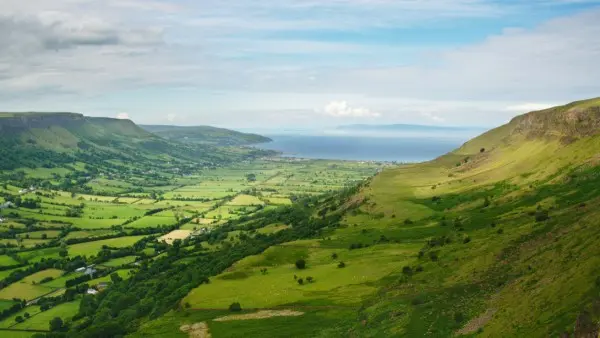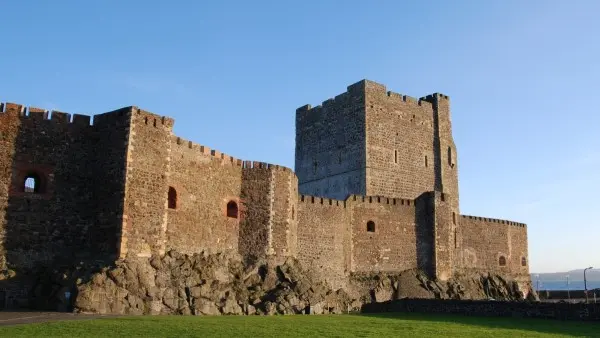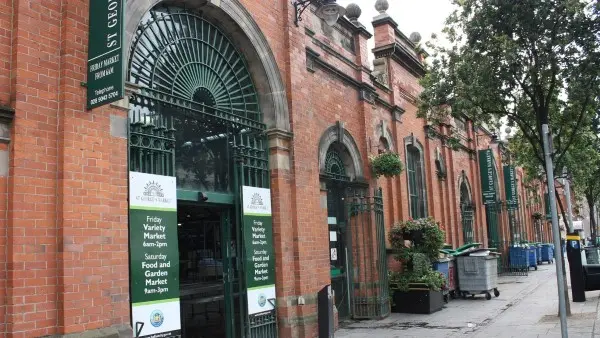Black Taxi Tour Belfast
Explore
Discover The Derry Walls in Derry~Londonderry, among Europe’s best-preserved walled cities. Walk the historic ramparts, learn about its rich past, and enjoy stunning views.

The Derry Walls, completed in the early 17th century, stand as one of Europe’s most complete and best-preserved examples of walled fortifications. Encircling the old city of Derry~Londonderry in Northern Ireland, these walls were constructed during the Plantation of Ulster to defend the English and Scottish settlers from potential sieges. Today, they serve as a symbol of the city’s complex history, while also offering panoramic views of the River Foyle and the modern urban landscape.
Walking along the wide walkways, visitors can explore the striking bastions, gates, and parapets that have witnessed centuries of conflict, resilience, and cultural exchange. Interpretive panels and guided tours bring the walls’ storied past to life, illuminating the pivotal role they played during events such as the Siege of Derry in 1689. As you traverse the ramparts, you’ll gain a profound appreciation for how these fortifications helped shape the city’s identity.
Beyond their historical significance, The Derry Walls contribute to the city’s lively cultural scene, hosting festivals, events, and art installations that connect the past to the present. Whether you’re a history enthusiast, an architecture lover, or a curious traveler, a stroll along these walls promises an immersive journey through Northern Ireland’s heritage.
Marvel at the city’s original gates—Bishop’s Gate, Ferryquay Gate, Butcher Gate, and Shipquay Gate - which once regulated entry and now serve as striking architectural features of the walls.
Explore the robust bastions that protrude from the walls, providing vantage points over both the old city and modern Derry~Londonderry.
Enjoy sweeping vistas of the River Foyle, the iconic Peace Bridge, and the city’s eclectic skyline as you walk along the elevated pathways.
Learn about the city’s storied past—from the Plantation era to the Siege of Derry—via interpretive panels, guided tours, and commemorative plaques situated along the walls.
Why not make a weekend of it? Explore Nearby Attractions. Scroll to zoom in or out on map.
Curious about The Derry Walls? We've compiled answers to the most frequently asked questions to help you uncover the highlights and visitor essentials.
They are 17th-century defensive walls encircling Derry~Londonderry, originally built to protect English and Scottish settlers.
Construction of the walls began in 1613 and was completed around 1619, making them over 400 years old.
Yes, there is no admission fee, and visitors can walk along the walls at their leisure throughout the year.
The full circuit is roughly 1.5 kilometers (1 mile) and can be walked comfortably in under an hour. However, many people take longer to enjoy the views and visit the bastions.
Nearby attractions include the Guildhall, St Columb’s Cathedral, the Peace Bridge, the Tower Museum, and the Museum of Free Derry.
Make your trip unforgettable by exploring these nearby attractions during your visit.
 Belfast
Belfast
 Lisburn
Lisburn
 Portaferry
Portaferry
 Bushmills
Bushmills
 Ballymena
Ballymena
 Carrickfergus
Carrickfergus
 Bangor
Bangor
 Belfast
Belfast
 Armagh
Armagh
 Belfast
Belfast
 Belfast
Belfast
 Ballycastle
Ballycastle